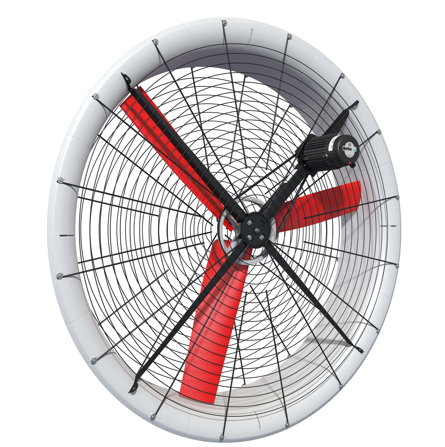



Veal Production In The UK
With an increasing awareness of where food comes from, Charlotte Johnston, TheCattleSite junior editor unravels the consumer concerns surrounding veal production in the UK.A topic of much controversy, veal production in the UK is much different to what it might have been 10 years ago and a different product all together than what the majority of consumers imagine they know about veal on the Continent.
A worthless by-product, veal production can turn a dairy bull calf into a high-value end product, without compromising animal welfare.
Pre 1997, more than 400,000 calves were exported each year to the Continent for veal production.
When BSE was confirmed in the UK, the market collapsed overnight. With no demand for the product, calves became worthless.
The market picked up again briefly, but the foot and mouth outbreak in 2001 put a stop to this repite.
In 2005, exports resumed to the Netherlands (although a fraction of what they were), but again this market was restricted and eventually closed when a calf with bovine tuberculosis (bTB) was found to have been exported to the Netherlands.
Since then, to the detriment of the industry, thousands of male calves are shot at birth, a wasted by-product of the dairy industry.
In recent years, more of a focus has been put on breeding so that male calves from the dairy industry can be reared for beef production.
Further scientific improvements now mean that producers can use sexed semen to increase the proportion of females calves born into a herd, however, the cost of this technology is too high to allow it to be applied to whole herds.
Veal in the UK is often referred to as rosé veal - the meat has a much darker, pink colouring than the traditional white meat. White veal is produced by depriving the animal of iron and they are often kept on an all milk diet.
Currently, veal production comprises just 0.14 per cent of total beef production in the UK. It is estimated that 3,000 tonnes is consumed annually in the UK, of which 1,300 tonnes is produced in the UK.
This compares to 1.239 million tonnes of beef consumed annually.
Production of veal in the UK varies, but it is safe to say that welfare, as with any other livestock production, is a priority.
Contrary to common belief, calves are no longer kept in crates (which have been illegal in Europe since 2007), but are, the majority of the time, housed in groups on straw bedding.
Feeding regimes are different on all units, however, all calves will be fed milk until a couple of months of age. Some producers will continue to feed milk (not ad lib) throughout the calves life, while introducing forage, however, other producers will finish the calves on a sole diet of forage.
The age at which calves are slaughtered varies. The youngest tends to be six months but it can be up to nine months of age.
Linden Foods supplies veal products to the retail and foodservice sectors. Launching rose veal in 2008, New Product Development Manager, Elaine Willis says that the product has a very niche market in the UK.
The product was launched to create an outlet for dairy bull calves. The company saw that resources were been wasted and decided to turn the situation around.
"The UK is not a nation of veal eaters, however, demand is increasing as people become more aware of what veal is and how it is ethically reared in the UK," she says. Despite this, Ms Willis says that consumers need further education as to how veal is reared and its benefits.
Ms Willis says that in the UK, the foodservice sector is much more aware of the veal market. This is supported by market research from the English Beef and Lamb Executive (EBLEX) which shows that the majority of veal consumed is in the foodservice market. This suggests that people are perhaps reluctant to cook veal at home, but will eat it in a restaurant.
With demand gradually increasing, Ms Willis is hopeful that more retailers will start selling veal products.
When it comes to marketing veal, Ms Willis says that it is a 'slow burner'. The product is still very young in the UK, and until the public become more educated as to how rose veal is animal welfare friendly, marketing the product will be difficult.
"There is a controlled supply chain in the UK, with high quality measures carried out from production, processing to packaging," says Ms Willis.
"There is a dedicated consumer database in the UK and whilst this can be expanded, we do expect veal to remain a niche market."
The main issue, as it is with the majority of veal producers, is carcase balance. With the high value cuts of meat on the hindquarters, carcase balance proves difficult. Ms Willis says that Linden Foods sells the whole carcase, but that demand in the UK tends to be for the higher value cuts of meat, leaving Linden Foods having to explore alternative markets for the lower cuts, commonly found on the forequarter.
Whilst they could increase the supply of veal, it would likely leave them stuck with a large quantity of low value cuts. "It's about getting a happy medium at the end of the day."
It is apparent that the veal in the UK is a niche market and that producers and processors have a challenge ahead of them with regard to marketing the product and converting the British consumer.
TheCattleSite has spoken to three veal producers in the UK, The Real Veal Company, Kimber's Farm Shop, Blade Farming.


